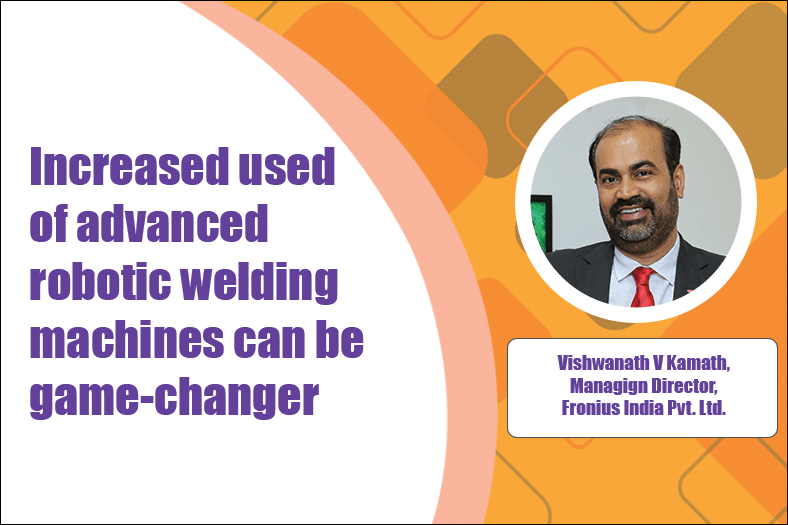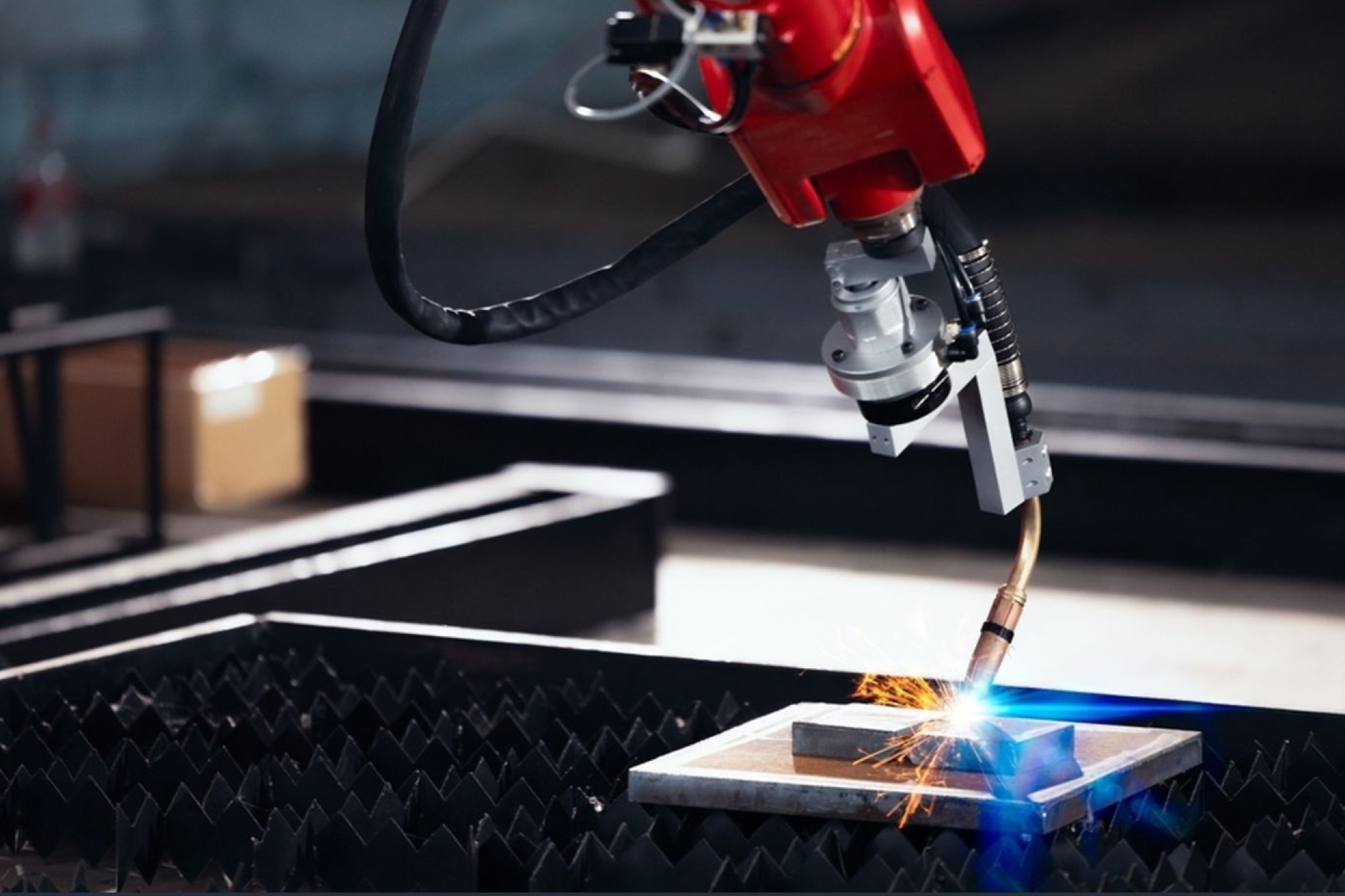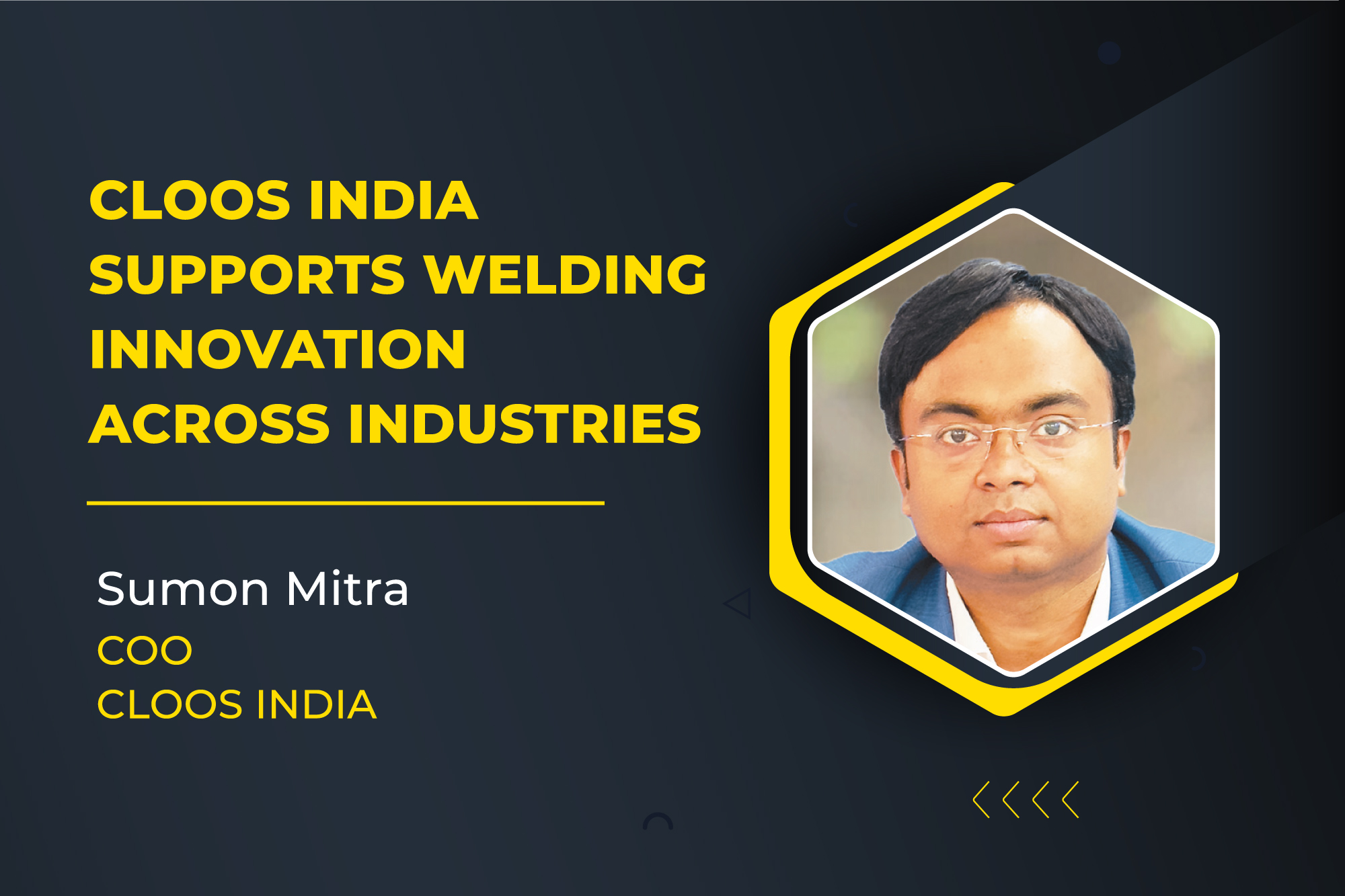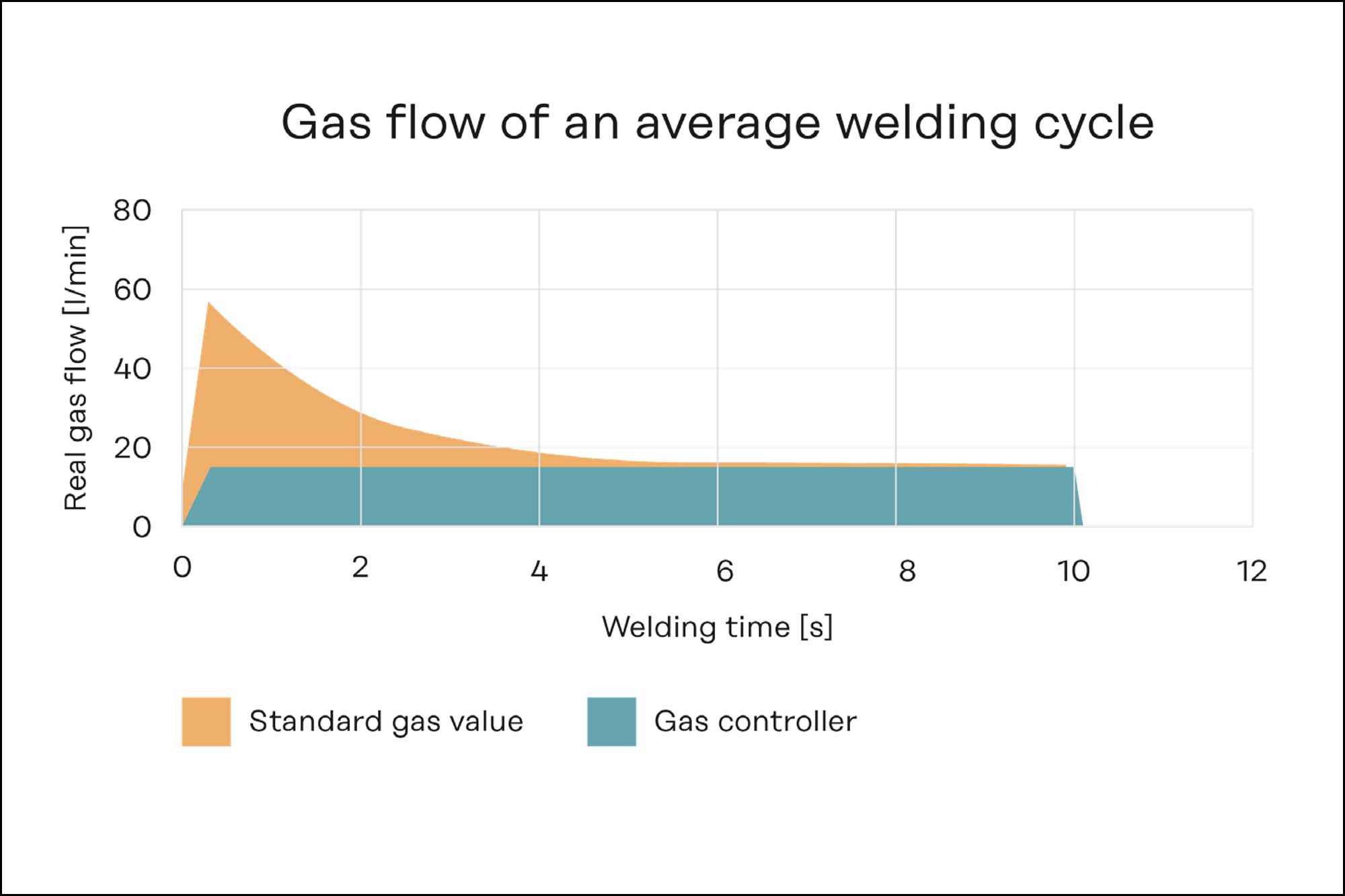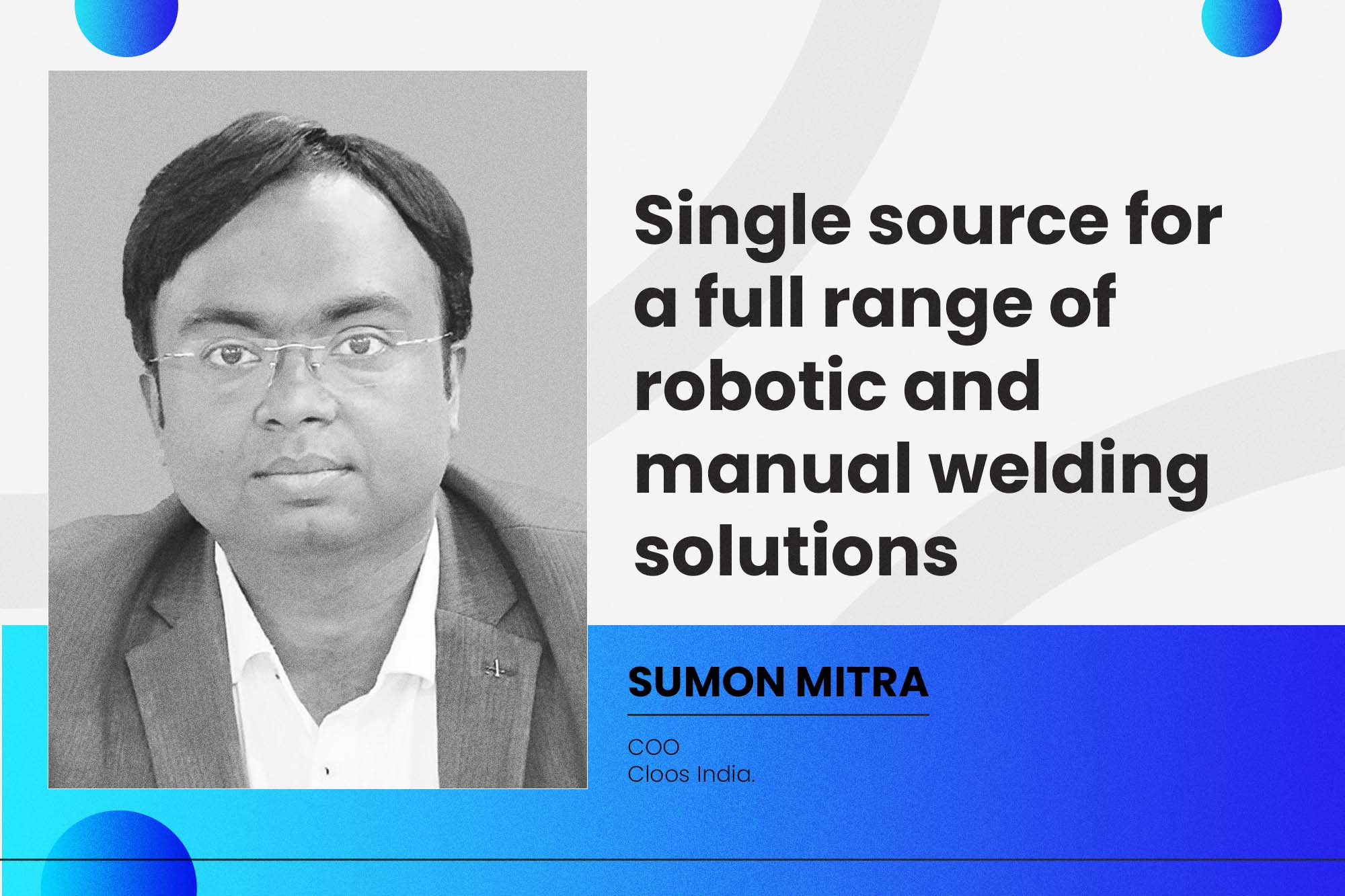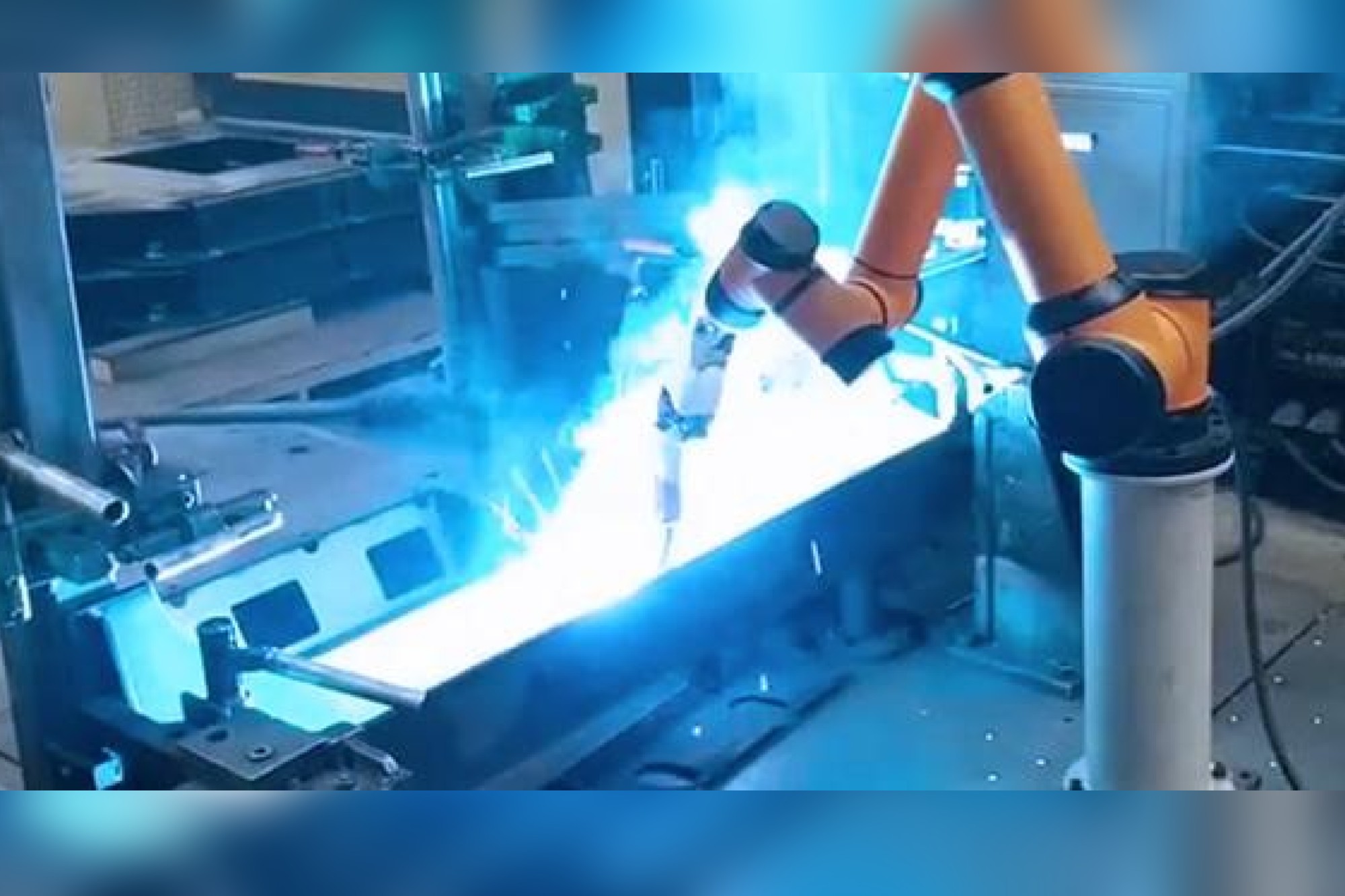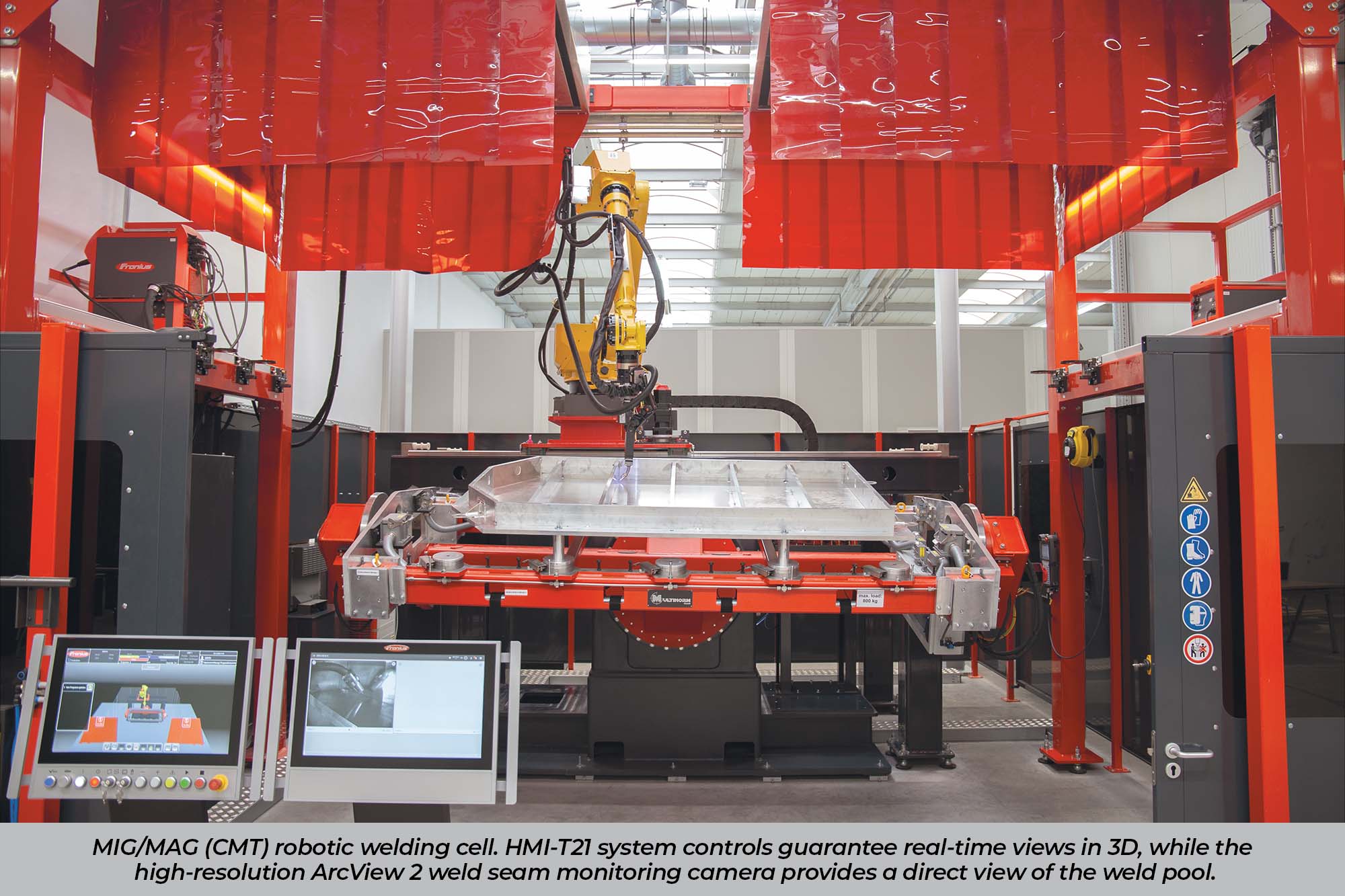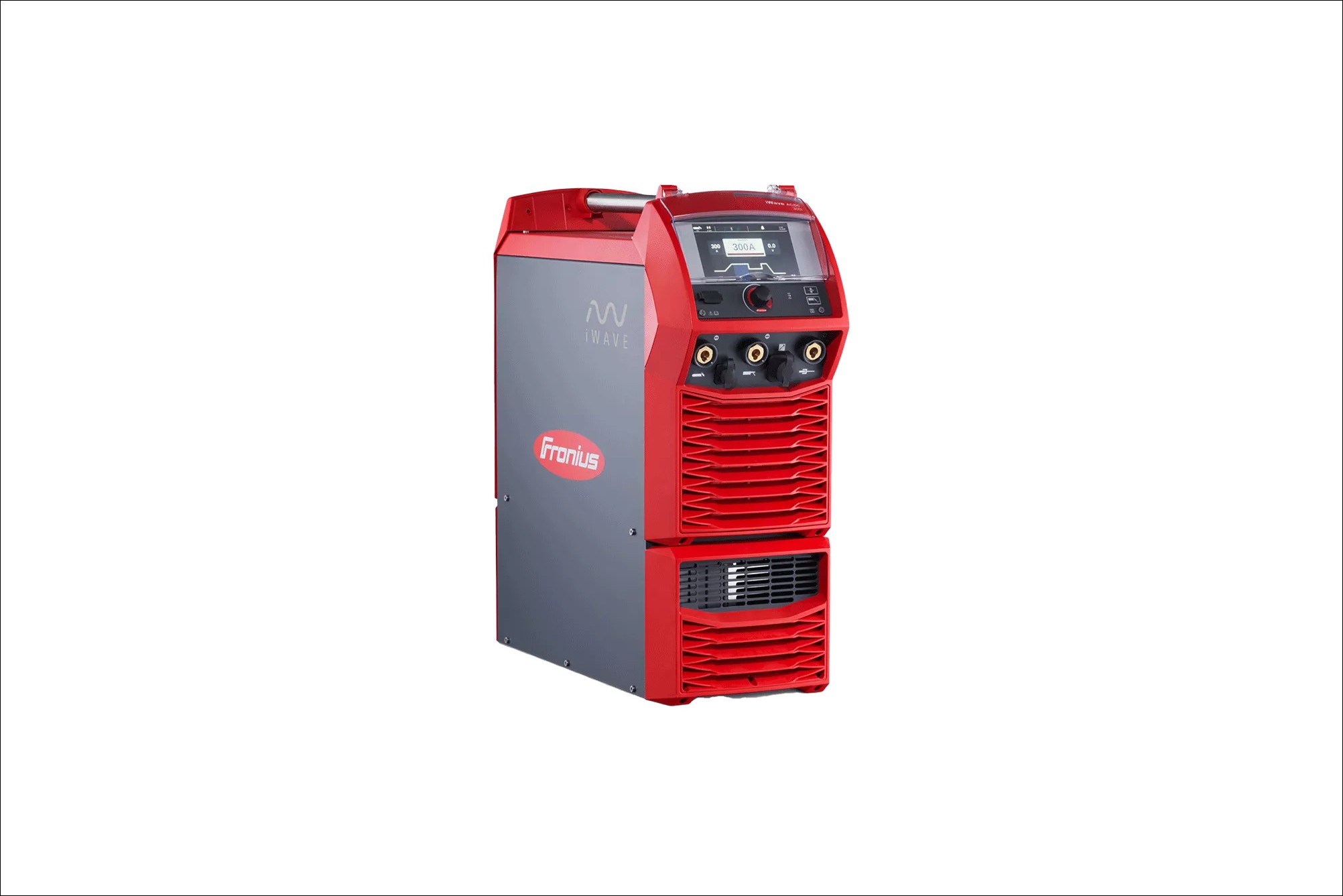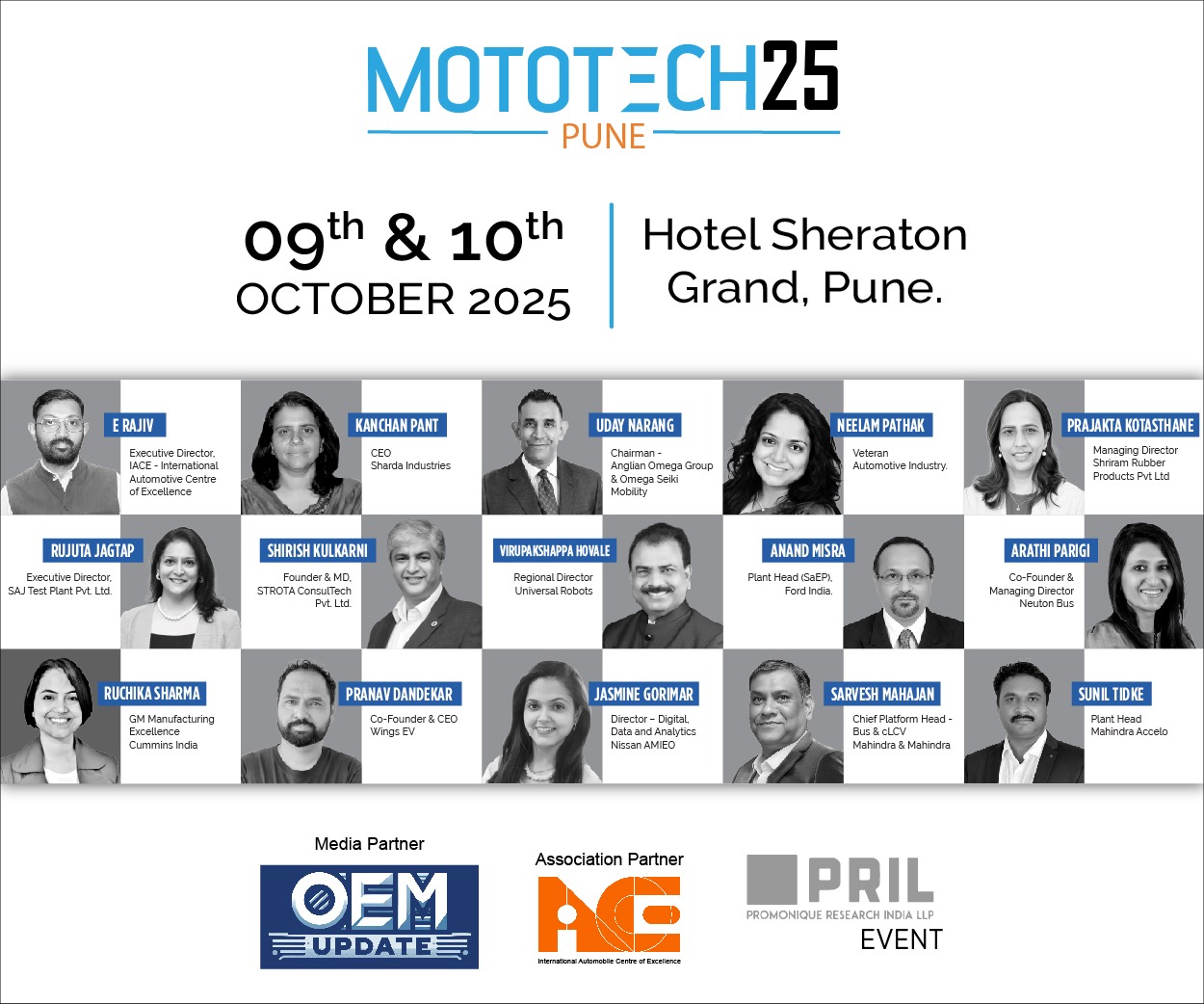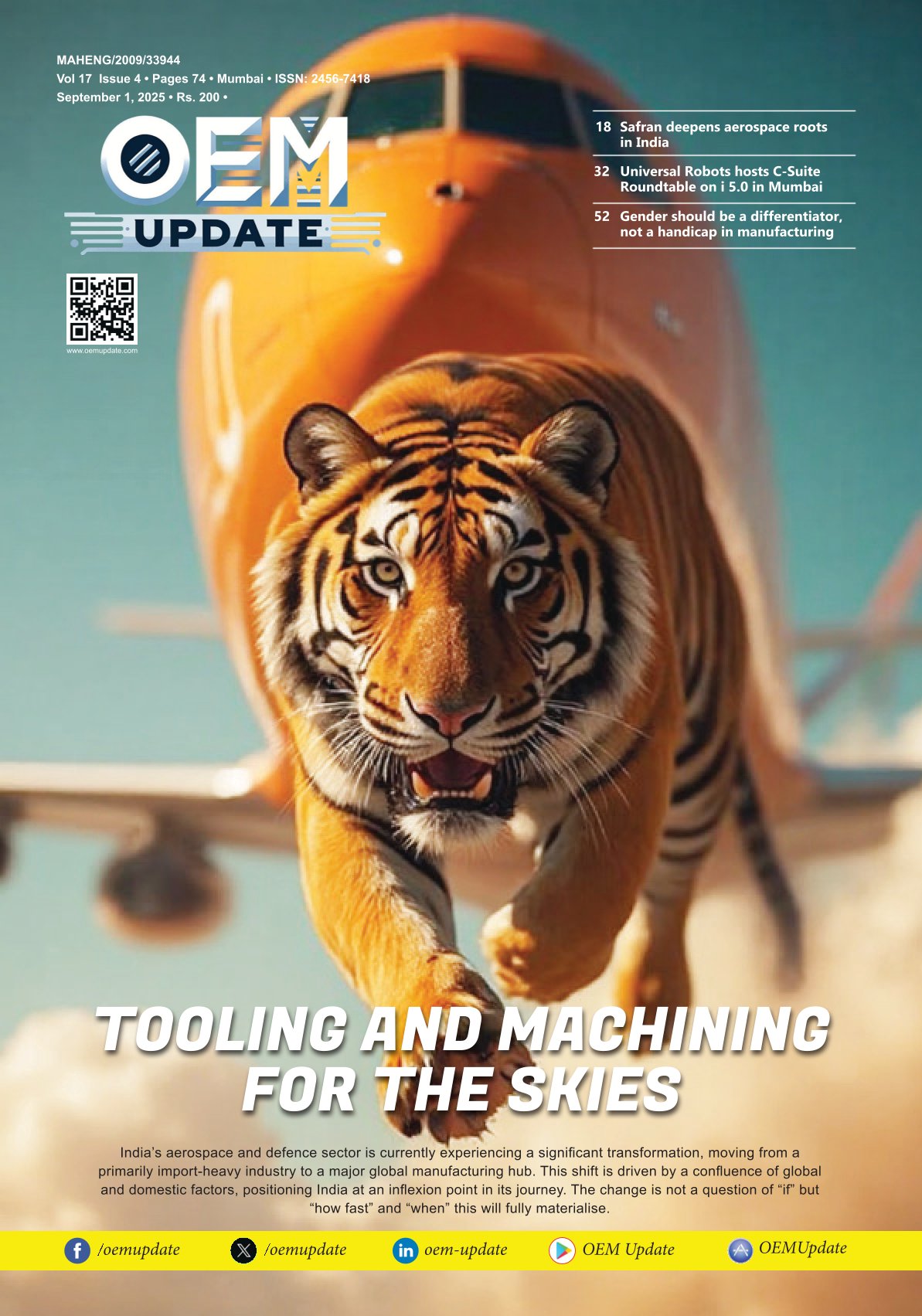Increased used of advanced robotic welding machines to be game-changer
By OEM Update Editorial June 9, 2021 12:37 pm IST
Advanced robotics and AI might increase productivity by 30 percent in various industries while lowering labour costs by 18-33 percent, resulting in a positive economic impact.
Vishwanath V Kamath, Managing Director, Fronius India Pvt. Ltd. in an interview, explains us the implementation and advantages of AI, Robotics and 3D printing in welding process. He also highlights that robotic welding machines can transform the welding sector.
Indian industries have embraced Industry 4.0 and its technologies to carve a bright future of Indian manufacturing. With this level of acceptance, how ready are we to accept Industry 5.0?
The Fifth Industrial Revolution, like the Fourth, will rely on data, devices, and artificial intelligence (AI) to substantiate our business. Industry 5.0 is expected to see the transformation of the fourth revolution’s “cyber-physical” manufacturing systems those using digital technologies to operate factories with minimal human involvement into “human-cyber-physical” systems. In the Indian context we need to upgrade our equipment as we want machines to do the things that humans have traditionally done and for this, we need to utilise machines that are exceptionally intelligent. For example, in a welding automation the welding machines used in the manufacturing floor should be compatible enough to have a memory built-in and the same as true of a human mind or even faster. Memory, in fact, puts the “intelligence” in AI-, providing with data to run its algorithms, and context for the actions and reactions. By this we can come closer to realising the dream of a world in which machines can work for the betterment of our society and humanity.
With the advent of 3D Printing, AI, robotics, connected data enterprise, what kind of changes have you witnessed in the welding sector to attain maximum precision?
Companies around the globe are already forging ahead to the new era of 3D Printing. Several companies use robotics, additive manufacturing (also known as 3D printing), and data analytics to produce components for anyone and at any time. When a customer requests an adapted version of any particular design for his component, the nearest ‘SmartFactory” can produce this component within a day or in few hours depending on the complexity of the component and deliver it to the consumer shortly afterwards; this is a truly revolutionary development.
In the welding perspective this is known as Wire Arc Additive manufacturing-WAAM and the components from submarine to space are already manufactured and is in operation. Fronius is assisting manufacturers to utilise this technology in its full form to manufacture/print the near net-shape components.
How is AI, 3D printing, machine learning and robotics bridging the manufacturing technology gap in the welding sector?
The Big five technologies – the internet of things, artificial intelligence, advanced robotic welding power sources, virtual reality and 3D printing – have unleashed competition within manufacturing and production systems, forcing companies to rethink and retool everything that they do internally. The Chief Executives and Chief Operating Officers who embrace these technologies and rapidly transform their business enterprises will set their companies growing up for success. Fronius inspires mind-opening solutions and assist companies in adaptation to these emerging technologies.
What are the challenges for the SME and MSME sector in adopting factory automation, digitisation and robotics for efficient welding processes?
SME’s and MSME’s are the sectors to be focussed upon. Our government has to set the policies to research, develop and diffuse these latest technologies that will position our economies for growth. Amidst excessive media exposure and charged political and social landscapes, business leaders and government leaders have to analyse together to have an accurate understanding of where our latest welding technologies can create real value, and thereby to focus successfully on appropriate and timely investments and policies that are needed to unlock these values. The demonstrable benefits of our new technologies will certainly lead to the SME/MSME’s wider adoption, and failure to invest in them will be catastrophic for many firms in their long-term prospects.The collaboration of humans and machines (robots and cobots) are expected to play a key role in carving India’s future. How do you see India’s future of India’s welding sector with Industry 5.0?
Machines and robots use the information to make decisions based on programmed algorithms and humans hold the centre stage in this new revolution. Machines serve us, not the other way around. In this new paradigm, people will work alongside collaborative robots, or “cobots,” teaching them to do their jobs and correcting them when they perform wrongly. Advanced robotics welding machines have handled the “dull, dirty and dangerous” jobs, and currently automates a lower percentage of production tasks in India.
Robots were often separated from people for safety reasons, but now, a new generation has “come out of the cage” for 24-hour shifts, working alongside human counterparts. Advances in human–robot collaboration will increase their adoption to 25-45 percent of production tasks by 2030, beyond their use in the automotive and electronics industries. Adopting advanced robotics and AI could boost productivity in many industries by 30 percent, while cutting labour costs by 18-33 percent yielding a positive economic impact of between $600 billion and $1.2 trillion by 2025.
What are the latest products and technologies at Fronius that can bring ease and precision to the welding processes?
Fronius introduced sustainability in manufacturing of all their products and services. Our revolutionary technologies in welding are:
- 1. IOT Enabled welding machines for manual, robotic and SPM controlled operations.
- Intelligent Welding power sources with Artificial intelligence (AI) enables manufacturers to make sense of the overwhelming data that their operations generate, and to transform the data into meaningful decisions.
- Fronius Cold Metal transfer technology for joining steel to aluminium and for the wire arc additive manufacturing (Metal 3D Printing)
- Digital Twin welding power sources to the increase in productivity with consistent quality.
- Virtual Welding Simulators for welding training
- Welding Automation Systems for joining/cladding.
Cookie Consent
We use cookies to personalize your experience. By continuing to visit this website you agree to our Terms & Conditions, Privacy Policy and Cookie Policy.



